| Sorted by date | |||
page004from Building Ideaswriting this book – is a belief in the significance of architecture as a means of communication, in addition to its ostensible function as a provider of useful space. This distinction sets up the demand for a “hermeneutics” of architecture which would outline the various strategies that might be employed in its interpretation. As should become clear from the opposition se out in the Part 1 of this book, even this notion has been the subject of much argument in recent years.
The overall structure of this book reflects the characteristics of our times, in which a plurality of “world views” has come to replace a single outlook. In another age (that perhaps never actually existed), critical strategies might have been ordered according to a dominant “master narrative”. Whether theological, philosophical or – since the enlightenment – scientific, this idea of a prevailing doctrine has been weakened in recent years. As philosophers of science have even begun to question its all-encompassing claim to truth, alternative ways of describing the world have again become valid in this new context. The French philosopher Jean-Francois Lyotard in his book The Postmodern Condition claimed its defining characteristic to be the collapse of traditional master-narratives. Through the loss of religious consensus and doubt about the completion of scientific knowledge, Lyotard suggested that communication in society had become fragmented into “language-games”, as it is meant to suggest systems of rules and conventions that might apply to interpretation according to the particular context of the enquiry. Part 1 addresses this general dilemma over the question of interpretation in architecture, by opposing two definitions based on different attitudes to “meaning”. The first considers architecture purely as engineering, with no pretension to communicate, merely to construct useful space. In its idealized form this approach attempts to sidestep the question of meaning, with the input of the designer simply governed by the formula “form follows function”. That this can often conceal a deeper agenda – such as the expression of a “machine-aesthetic” – shows how this apparently neutral design process is still subject to cultural forces. This dominant model of scientific rationality in the
|
|||
|
|||
|
|
 ... ...
... ... ... ...
... ... ... ...
... ... ... ...
... ... ... ...
... ... ... ...
... ...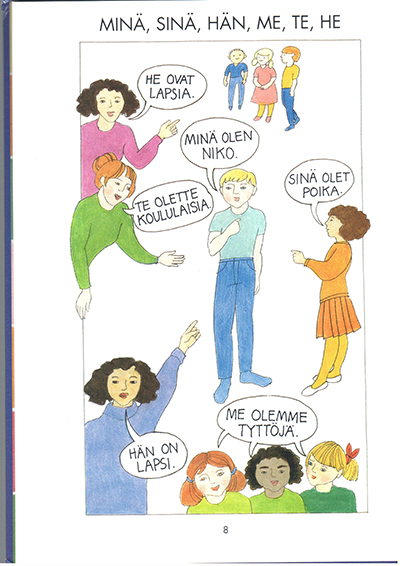 ... ...
... ...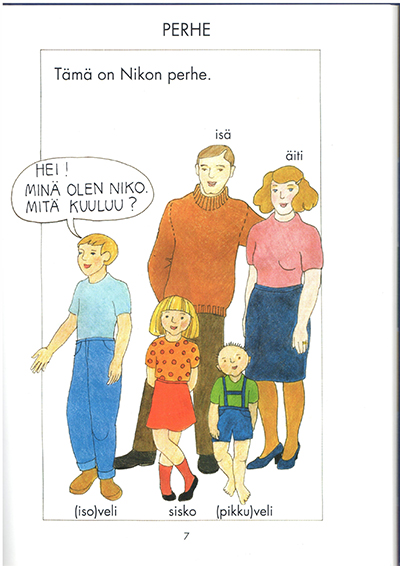 ... ...
... ... ... ...
... ...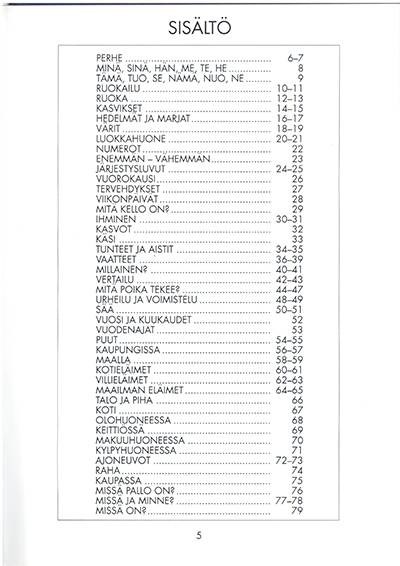 ... ...
... ... ... ...
... ... ... ...
... ...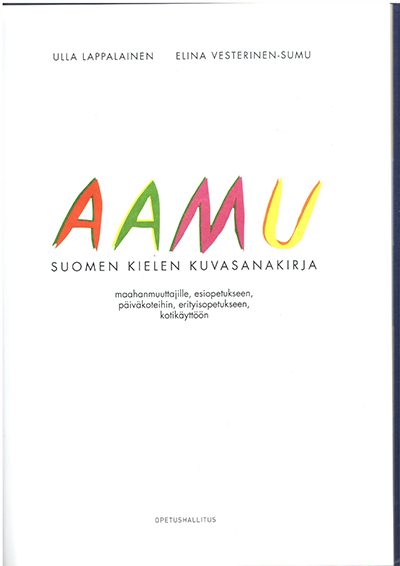 ... ...
... ...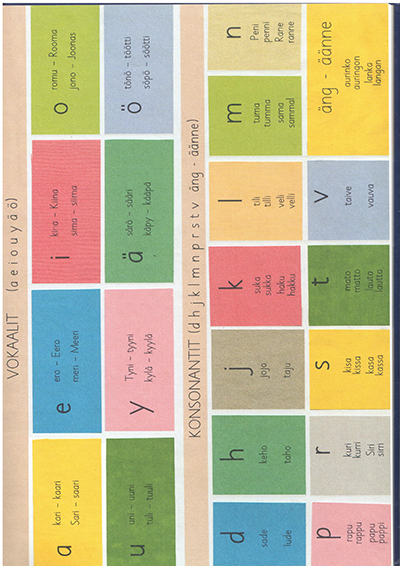 ... ...
... ...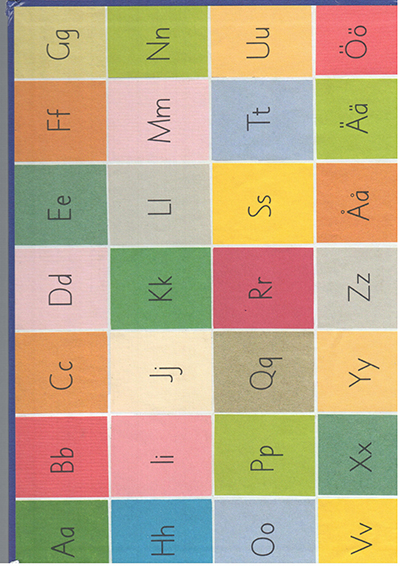 ... ...
... ...